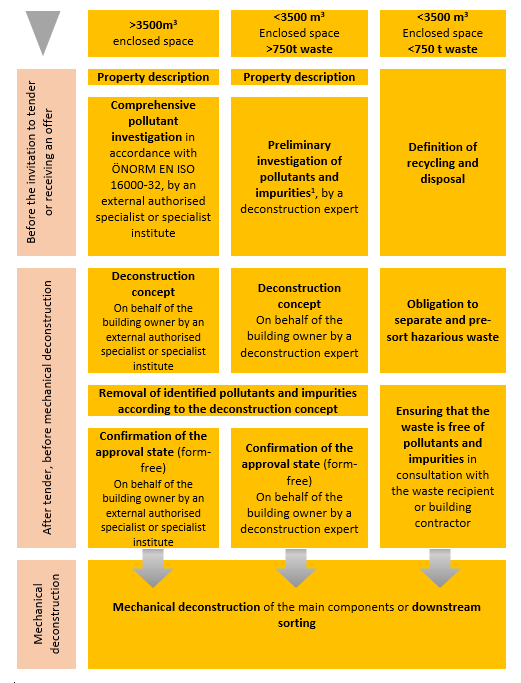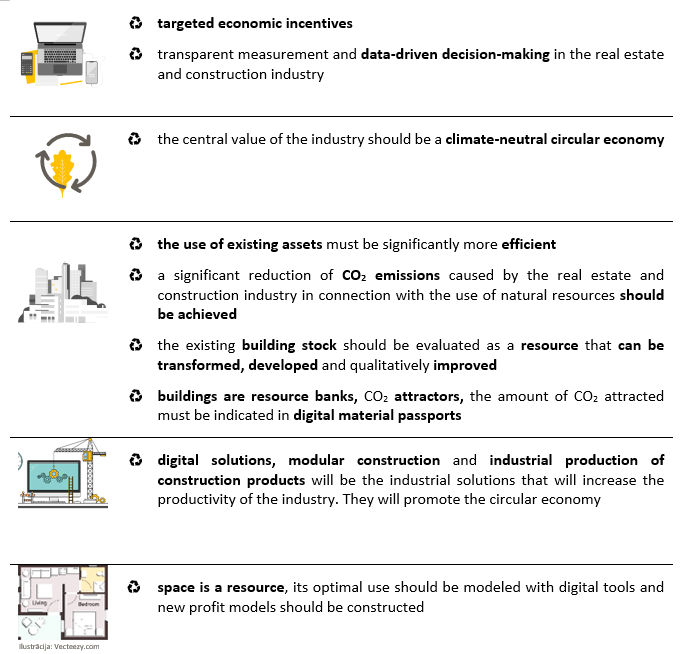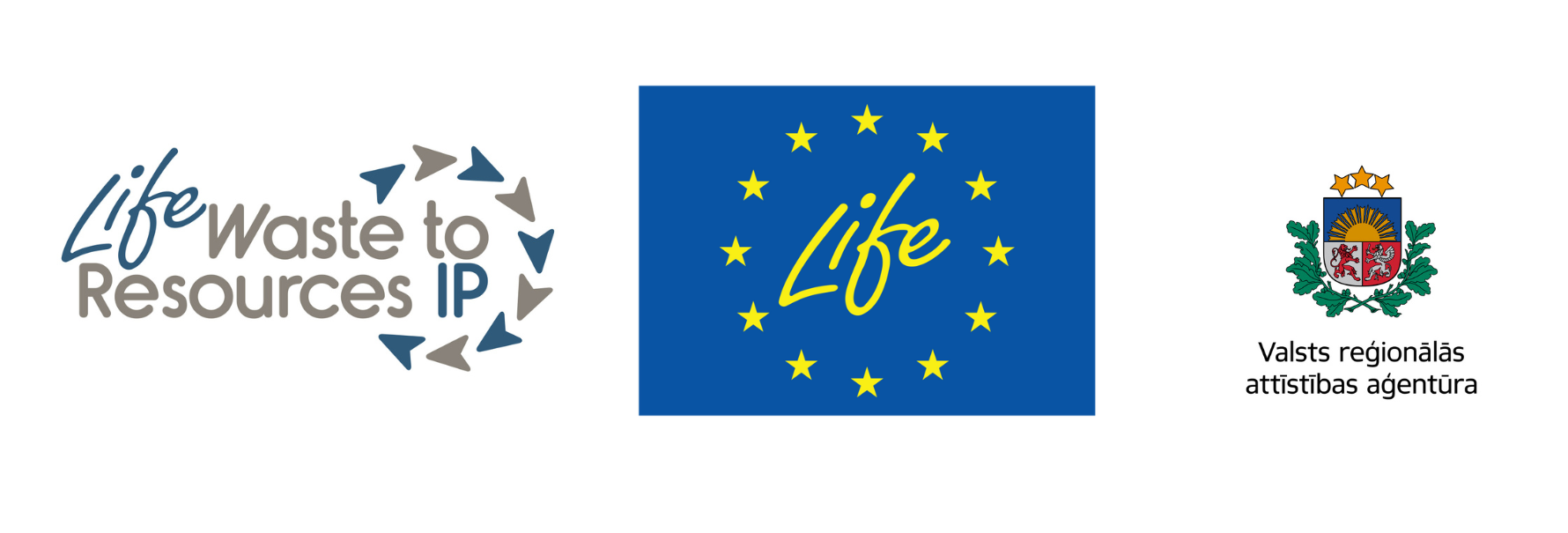17.08.2022
Best sustainable construction practices in Austria, Finland and Nordics studied by LBA
Starting work on the creation of a circular system of building materials and construction and demolition waste (C&DW) in the integrated project “”Waste as resources in Latvia – Promotion of regional sustainability and circulation by introducing the concept of using waste as resources” (LIFE Waste to Resources) of the EC Life program, the Latvian Building Contractors Partnership (LBP) conducted research about the circular economy principles implemented in the construction industry in selected countries in Europe.
Taking into account the recommendations of experts and the findings of the feasibility study, we concluded that successful and potentially inheritable examples of good practice can be found in both – Finland and Austria, where a comprehensive system for the return of mineral C&DW back to the building sector is in place, as well as process-supporting IT platform of resources, including C&DW, production of the by-products and surplus materials for forecasting and re-sale.
Obstacles and opportunities for circular system of building materials and C&DW
The general value preservation processes characteristic of the circular economy are:
- reuse
- repair
- restoration
- repeated production or recycling
During the course of design, new construction, reconstruction and retrofitting, it is possible to make important choices that enable these processes. On the other hand, the typical obstacles to the preservation of values are:
- regulatory restrictions
- legal uncertainty
- insufficient industrialization and capitalization
- lack of information on values available for re-circulation
- lack of understanding about the responsible use of resources and the consequences of irresponsible use
In Austria, mineral C&DW return to circulation as a full-fledged product
In Austria, the commercialization of the residual value of C&DW has been relevant since 2015, when the Ordinance on the recycling of construction materials1 was issued. The task has been solved systematically by determining the classification of C&DW at the national level, depending on the technical specifications of the waste, inspection procedures and responsible parties, marking of the obtained material, as well as permitted and unauthorized use of the obtained material. These processes conclude with the acquisition of end-of-waste status, which eliminates legal uncertainty. On the other hand, technical standards for working with recycled C&DW have been developed for the sound legal use of the material obtained as a result of C&DW processing. Considering the high costs of landfilling, the construction industry has been able to find commercially viable recycling solutions and ensure the return of raw materials within the mineral C&DW to the industry, which reduces the demand for primary resources.
The system is accomplished by an IT platform that ensures electronic information circulation and process management, data availability and reliability2.

Entrepreneurs in Finland have access to data on the secondary market of construction materials and construction debris
Visioning their country in 2023, Finns see “construction and real estate industries based on circular economy”4. Preserving value and using it as long and as extensively as possible is the central principle of circulation.
The Waste Law5 adopted last year stipulates that a register of waste and by-products is maintained in Finland, as well as its maintainer – the company Motiva Oy, (§ 143 a). Such a ‘marketplace’ is located on the web https://www.materialitori.fi/. Materiaalitori are place where manufacturers and building contractors ‘meet’ waste processors who recover raw materials from waste or obtain by-products.
Along with the implementation of the new regulation and measurement of results, Finland has set goals for sustainable construction.

Finland’s action program for the implementation of sustainable construction envisages following, among other:
- Measure the digital eco-footprint of the built environment and build information management systems.
- Strengthen changes in the industry with significant state investment in R&D.
- To provide support for the creation of digital and modular solutions, for promoting exports of these solutions.
- Create a digital platform for flow monitoring and control (Motiva Oy is listed as a planned partner).
- regulate construction and design management in a way that supports the circular economy (amendments in regulation that change the rules of management).
- Local governments should renew the basic principles of territorial planning in such a way that flexibility in planning and changing the purposes of use is ensured.
- Amend regulatory acts so that the change of purpose of use of buildings and the circulation of materials is enabled, for example, by extending the period of temporary use of buildings in emergency situations.
- Amend conformity certification and coordination of the construction materials [to enable repetitive resource usage].
Considering best practices and experience gained in the preparation phase, LBP will continue the work on the development of building materials and C&DW circulation system proposals and invites industry representatives to get involved!
LBP invites real estate developers to apply for joint implementation of orderly construction pilot projects!
Send questions and ideas about orderly flows of building materials and construction waste to birojs@latvijasbuvnieki.lv or to Brigita Vīksne, head of the Life Waste to Resource project: brigita.viksne@latvijasbuvnieki.lv.
More about project: wastetoresources.varam.gov.lv


#WasteToResources
Project website: wastetoresources.varam.gov.lv
The Project “Waste To Resources Latvia – Boosting Regional Sustainability and Circularity .” (LIFE Waste to Resources IP, LIFE20 IPE/LV/000014) is implemented with the financial support of the LIFE Programme of the European Union and Latvian State Regional Development Agency.
The information reflects only the LIFE Waste to Resources IP beneficiaries’ view and the European Climate, Infrastructure and Environment Executive Agency is not responsible for any use that may be made of the information contained therein.